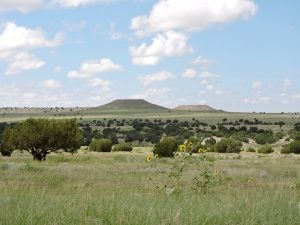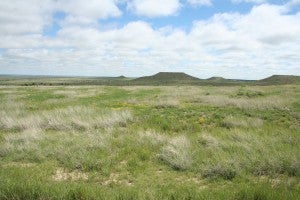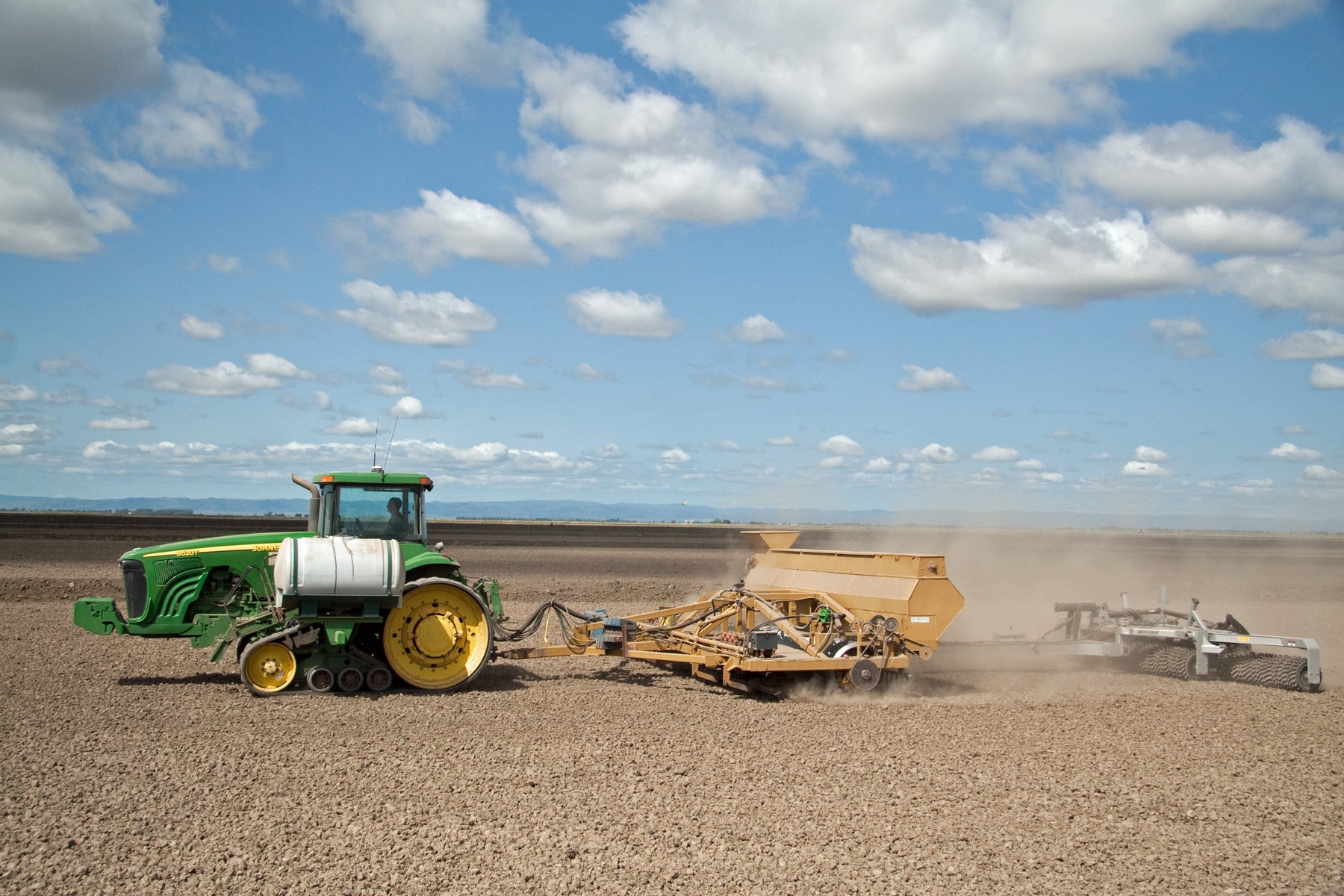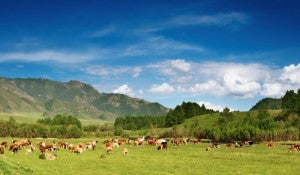The explosion of net-zero emissions commitments over the past few years from major companies and municipalities shows that institutions are ready to tackle climate change. While reducing industrial emissions of greenhouse gases is a clear and primary priority, achieving global net zero will hinge on investing in nature.
Natural climate solutions (NCS) have the potential to deliver at least 20% of the emissions reductions we need to reach net zero by the end of this decade. Plus, they can deliver other benefits like clean air and water, increased biodiversity, economic opportunities for local communities and enhanced protection against storms and flooding.
Despite their value, natural climate solutions receive less than 3% of public finance, and shortcomings in the voluntary carbon market have limited private investment.
New research in Science Magazine explores three pathways for improving the carbon market to help unlock private investment and nature’s ability to help us.















